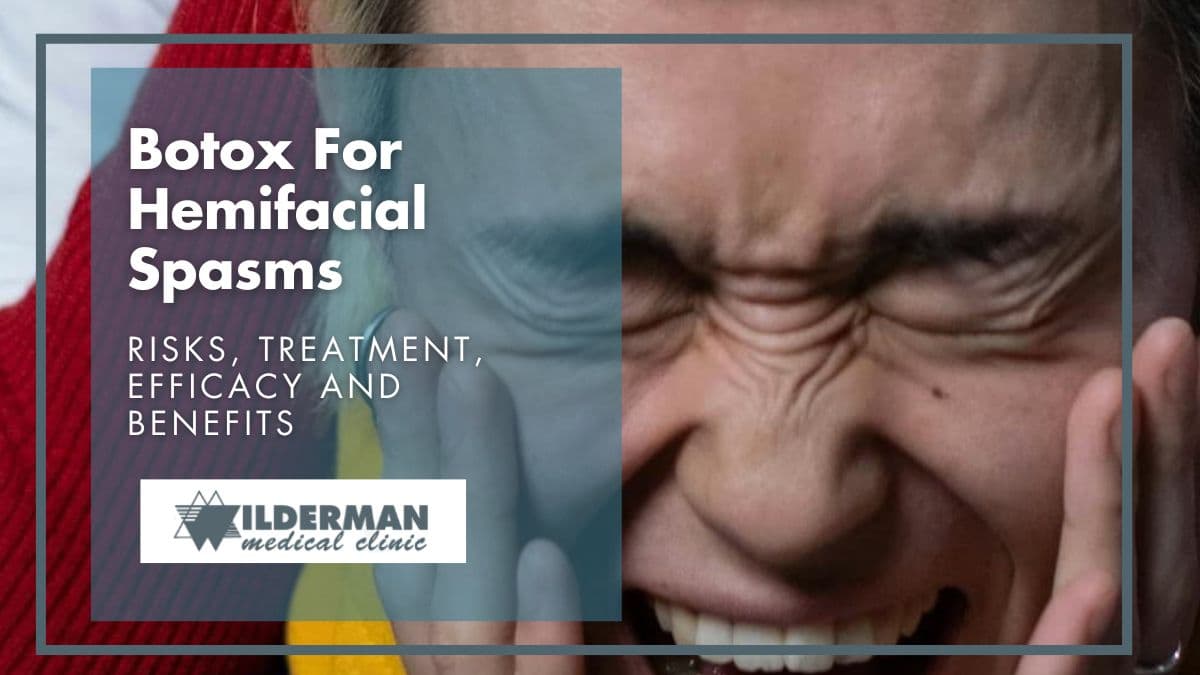Pain Relief through Manual Physical Therapy and its Various Techniques

Manual physical therapy is a unique form of therapy due to the use of hands instead of devices or machines. Practitioners use their hands to apply pressure on the affected muscle area and manipulate joints. By doing so, they decrease the back pain caused by spasms, muscle tensions or joint dysfunctions. Unlike exercising, manual physical therapists strive to understand why a muscle is not functioning. They attempt to restore a function of the affected muscle by manipulating the joints associated with it as opposed to simply engaging the muscle like in exercise. This kind of therapy is considered uncommon and unconventional; therefore physicians seldom apply its prescription.
Despite its infrequent use, manual therapy can be very beneficial for stiff joints and muscle tension. Due to the therapy’s ability to restore a patient’s painless body movement in a natural way, it can serve as pain relief for both chronic and acute back pains. It focuses on relaxing stiff back muscles and restricted joints in attempt to restore movement, flexibility and relieve back pain. Manual therapy concentrates on two different types of movement:
- Soft tissue work (massages), which focuses mainly on the soft tissues of the body, such as muscles. Soft tissue work results in muscle relaxation, increased blood circulation and relief of overall muscle pain.
- Mobilization/manipulation is a technique that applies a variety of different motions such as: varying speed (slow to fast), force (gentle to rough), and distances to twist, pull, or push bones into place. This technique promotes muscle flexibility by loosening tight muscles as well as reducing pain in a joint.

There are five different techniques that manual therapy applies in order to relieve back pain. However, before proceeding, a full body assessment is required. The practitioner will perform a full assessment to determine whether the patient’s body is capable of enduring these techniques. Depending on the results of the assessment, the practitioner then decides on the appropriate amount and/or combination of techniques for the patient.
- Soft tissue mobilization’s (STM) main goal is to break up myofascial adhesion (inelastic muscle tissue like scar tissue), move tissue fluids and relax muscle tension. It is most commonly applied to the muscle area near the spine using deep pressured, rhythmic stretching.
- Strain-counterstrain technique mainly corrects a patient’s posture and structure caused by abnormal neuromuscular reflexes. It is mainly used for patients with acute back pain due to its gradual, gentle approach. The procedure starts with the patient’s most comfortable position and then incrementally transitions the said posture into a proper, corrected one. The slow, incremental changes in the positions lead to muscles mildly stretching. Those stretches gradually cause the muscles to reset themselves into a normalized tension.
- Joint mobilization involves the practitioner applying a varied range of motion including slow velocity and an increasing amplitude movement directly on the affected joint. By doing so, the practitioner is able to move the patient’s bone surfaces in ways which the patient was not able to previously do. As a result, this technique loosens up the restricted joint and significantly increases its range of motion.
- Muscle energy techniques (METs) are performed when the patient is asked to contract a muscle for several seconds while the therapist is applying an anti-force on it. This procedure is repeated a few times in order to stretch shortened muscles and mobilize restricted joints. METs are considered an active procedure due to the patient’s required participation, which differs from the static joint mobilization technique.
- High velocity, low amplitude thrusting is a more aggressive technique compared to joint mobilization and METs. This is due to the technique forcing the joint to its restrictive barrier by thrusting it within the restrictive barrier. If done correctly, the patient’s joint will acquire an increased mobility and restore the gliding motions of joints.
Despite all the potential positive results experienced from the techniques mentioned above, it is of outmost importance that the patient engages in an exercise program in order to progress the healing process as well as prevent the back pain from recurring in the future.
Written By: Natalia Pan
References
Daul, R. (2006, January 13). Manual Physical Therapy for Pain Relief. Retrieved June 28, 2017, from https://www.spine-health.com/treatment/physical-therapy/manual-physical-therapy-pain-relief
Daul, R. (2006, January 13). Specific Manual Physical Therapy Techniques. Retrieved June 28, 2017, from https://www.spine-health.com/treatment/physical-therapy/specific-manual-physical-therapy-techniques
Need to get in touch?
Address: 8054 Yonge Street Thornhill, Ontario L4J 1W3
Phone: (905) 886 1212
Latest articles
May 1, 2024
May 1, 2024
May 1, 2024
May 1, 2024






